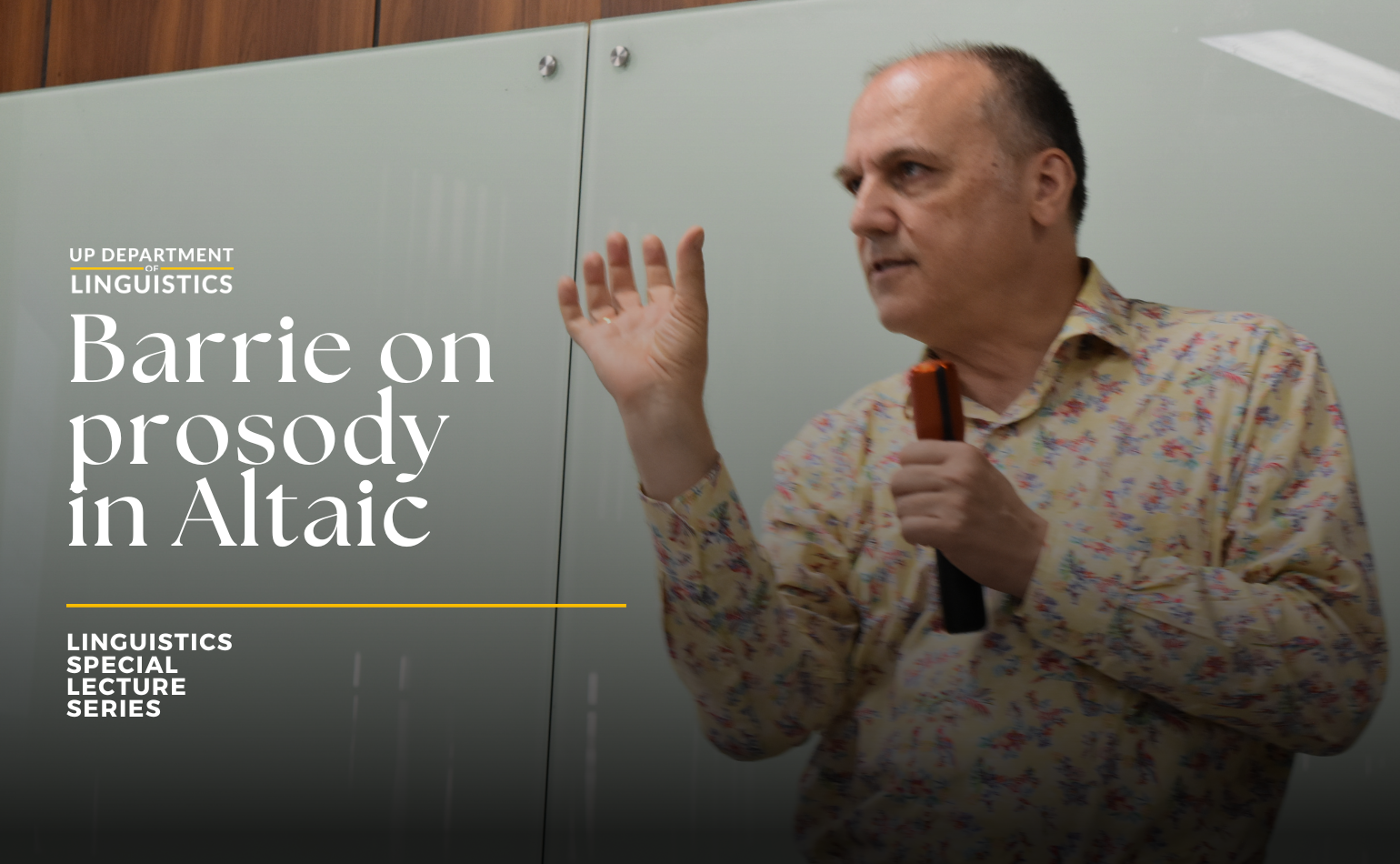
This year’s installment of Paglulunsad at Paglalayag featured a notable publication produced through the collaboration of scholars from the UP College of Social Sciences and Philosophy (CSSP) and the College of Arts and Letters (CAL). The in-person event hosted by the Department launched the book Translation Studies in the Philippines: Navigating a Multilingual Archipelago (Routledge), edited by Prof. Riccardo Moratto (Shanghai International Studies University) and Assoc. Prof. Mary Ann G. Bacolod (University of the Philippines Diliman). This was held last 30 May at the CSSP AVR Room 207 and moderated by Asst. Prof. Divine Angeli P. Endriga.
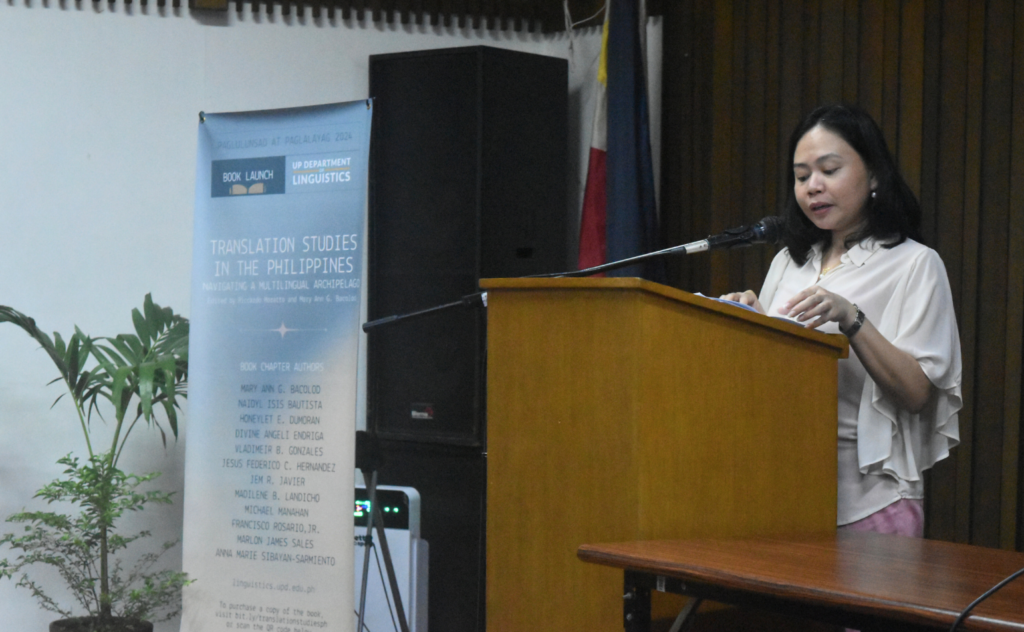
Department chair Assoc. Prof. Maria Kristina S. Gallego congratulated the book’s editors and contributors, and underscored its valuable contribution to the fields of linguistics and language studies. Dr. Moratto also gave a message regarding the challenges and triumphs of their team, and thanked everyone who graced this occasion.
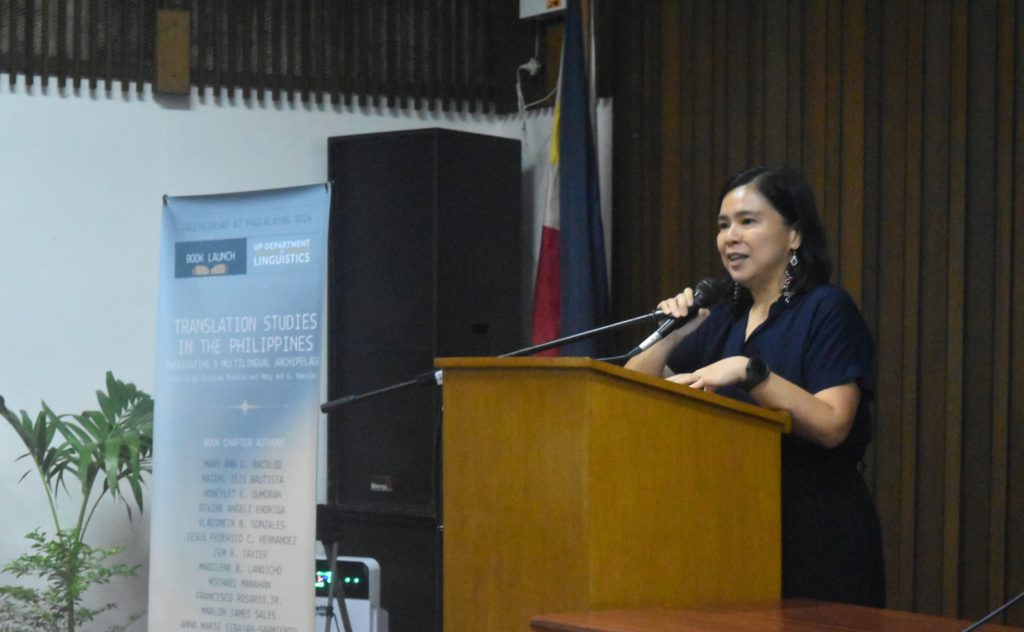
At the heart of the event were the lectures about two of the nine book chapters. The first one was presented by Asst. Prof. Naidyl Isis Bautista and Assoc. Prof. Anna Marie Sibayan-Sarmiento from the Department of European Languages (DEL). Profs. Bautista and Sibayan-Sarmiento co-authored the first chapter that focuses on the history of translation in the Philippines, wherein they argued that “the practice of translation in the country as we know it today is intimately linked with the periodization of Philippine linguistics, whose beginnings can be traced to the Spanish colonial era.” Prof. Sibayan-Sarmiento briefly explained that upon reviewing the existing literature, they opted to follow Rubrico’s (1998) and Javier and Or’s (2022) periodization, but began their discussion with the pre-colonial era.
Despite the non-existence of linguistics and translation during the pre-colonial period (pre-16th century), it is important to note that inhabitants of the archipelago were literate and exemplified remarkable use of several languages. This is corroborated by several archaeological evidence that bear fragments of the translingual use of languages. Crucially, this linguistic diversity was considered a problem by the Spanish colonizers who realized the need to learn, document, and translate languages in order to execute their evangelical missions. Hence, the Spanish period (1565–1898) was a time when missionaries had to create grammars and dictionaries that would be used to translate the Bible and spread the word. Among the most well-known works are the Arte y reglas de la lengua tagala (1610) by Blancas de San José and the Vocabulario de lengua tagala (1613) by San Buena Ventura. Overall, translation was used as a means to understand the natives, document languages, and consequently subjugate the land for centuries.
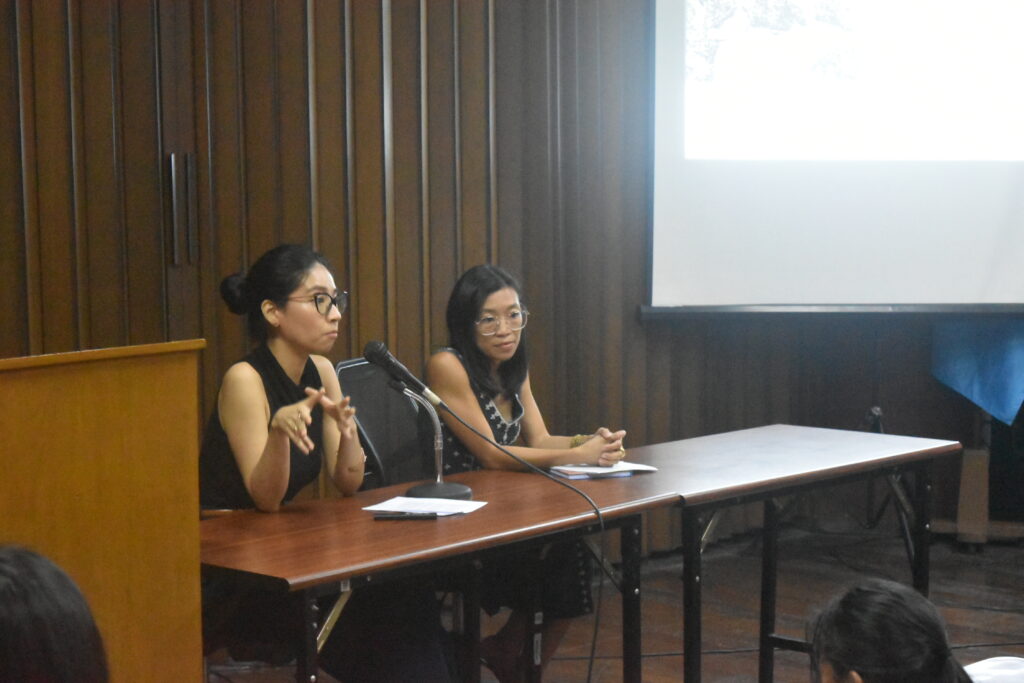
Prof. Bautista then emphasized that a considerable shift in focus and purpose was observed during the American period (1898–1950s). Linguistic studies were prompted by American interest in refinement of knowledge, database expansion, and development of language theories, among others. While American contribution in terms of documentation seemed marginal, it was during this period that literary and secular translations rose in number, both from English to Tagalog and some vernacular languages and vice versa. It was not surprising though that the Americans also viewed linguistic diversity as a problem; but, unlike the Spaniards, they resorted to gradually imposing a common language—English—through the establishment of a nationwide public school system. Translation served as a bridge between the source and target languages, aiding the attainment of fluency in the latter. As the authors phrased it, translation had diverging roles: for the Filipinos, it was “an instrument of awakening and bolstering nationalism;” for the Americans, “it [was] nothing more than an instrument for domesticating foreignness and an affirmation of their superiority, linguistic or otherwise.”
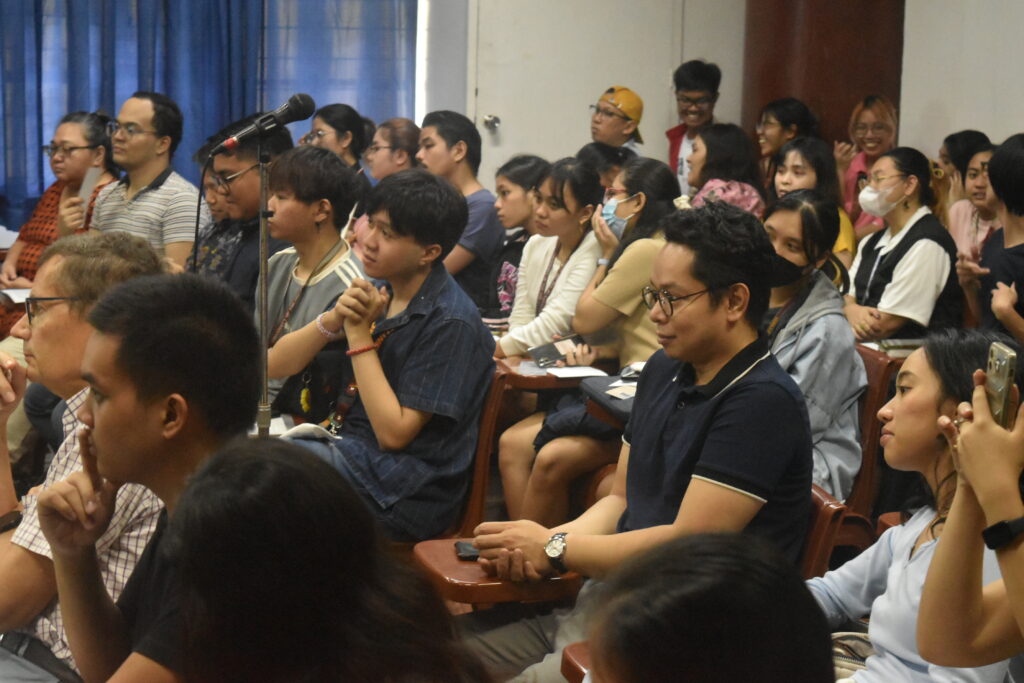
The Philippine period (mid-20th century onward) brought national identity and language to the forefront. Significant developments were spearheaded by the Surian ng Wikang Pambansa (SWP), focusing on the establishment of the national language based on Tagalog through the publication of a dictionary and grammar. The gradual transformation of SWP to what is currently known as the Komisyon sa Wikang Filipino (KWF) later ushered in grants, programs, and projects that encouraged translation of works from different Philippine languages. National agencies such as the National Commission for Culture and the Arts (NCCA) and the National Book Development Board (NBDB) also contributed to this endeavor. Highlighting the fact that translation played a role in nation-building, Prof. Bautista finally identified the existing challenges in translational practice and the future directions that it may take.
Meanwhile, Assoc. Prof. Jesus Federico C. Hernandez delivered his spirited lecture on some untranslatables in Tagalog. Reflecting on the popularity of online articles and posts regarding Tagalog words which cannot be translated in English, he noted that many adhere to the idea that “translatability operates on the concept of equivalence.” The notion of an untranslatable word thus rests on the absence of “a single-word equivalent which can be agreed to cover all senses of the source language word” (Large et al., 2019). He also mentioned the various views on translation, namely that anything can be translated due to language universals; that untranslatability arises due to disparities in linguistic systems; and that translation is an act of rewriting where losses are usually incurred.
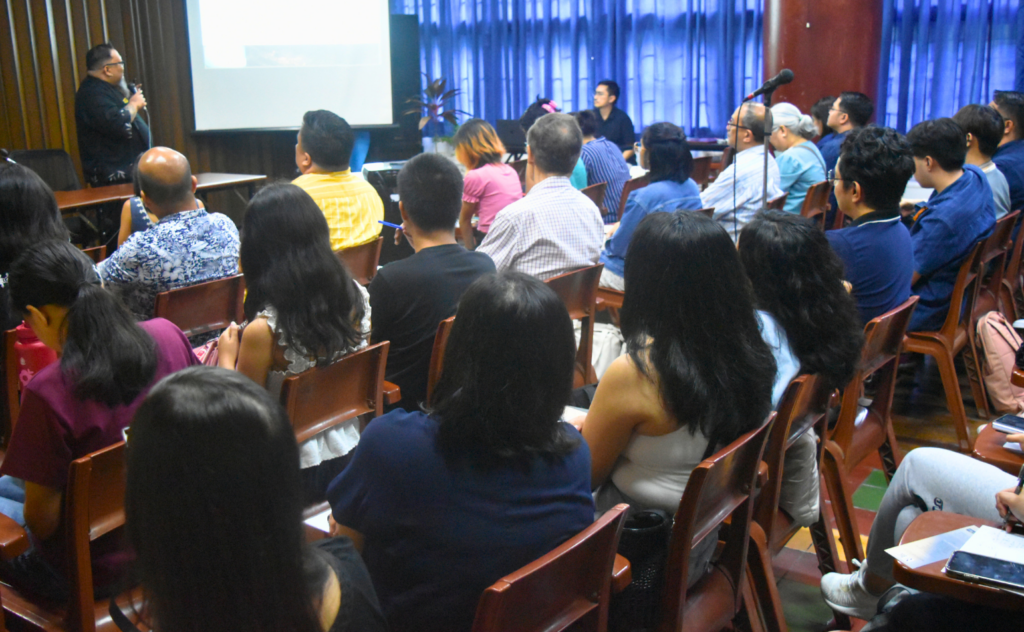
In response to Catford’s (1965) distinction between untranslatability brought by linguistic differences and untranslatability brought by cultural disparities, Hernandez proposed that the latter covers matters concerning lexicon, categorization, lexical productivity, and semantic networks, while the former centers on structural differences. He discussed several factors that contribute to cultural untranslatability. First is the concept of materiality that implies that one should not expect a one-to-one translation of a foreign concept that does not actually exist in one’s own culture. Taking the English word snow as an example, Tagalog speakers resort to using the Spanish loan word niyebe or adopting the English word itself. Second, some lexical items are difficult to translate mainly because of their specificity. Rice, being a well-lexicalized concept in Philippine languages, takes different forms in Tagalog depending on context; to translate kanin, kakanin, and tutong in English requires the employment of modificational structures, specifically by using the phrases ‘cooked rice,’ ‘rice cake,’ and ‘burned rice,’ respectively. Similarly, words like papak (‘eating meat or fish without rice, especially not during mealtime’) and pakla (‘a certain taste and mouthfeel’) have distinct meanings that do not necessarily have direct equivalents in English. Lastly, the complexity of words like pasma (‘collision of hot and cold’) and usog (‘an interaction of different life forces’) is rooted in their semantic breadth, depth, and composition, while the complicated nature of lexical items like kilig, gigil, and torpe stems from their semantic ambivalence or the tendency to vacillate between meanings.
Hernandez also offered the term structural untranslatability in lieu of Catford’s linguistic untranslatability, given that in certain cases, the difficulty lies in the morphosyntactic characteristics of a source language. For instance, the ordinal interrogative pang-ilan in sentences like Pang-ilan ka sa inyong magkakapatid? and Pang-ilang presidente si Marcos ng Pilipinas? “requires a lot of elements: a collection of objects arranged in a sequence and the identification of the order of the object of interrogation.” It is also interesting that some structures render verbs invisible once complements are incorporated into the latter. This is exhibited by constructions like Nilanggam ang asukal and Nilalangaw ang pagkain.
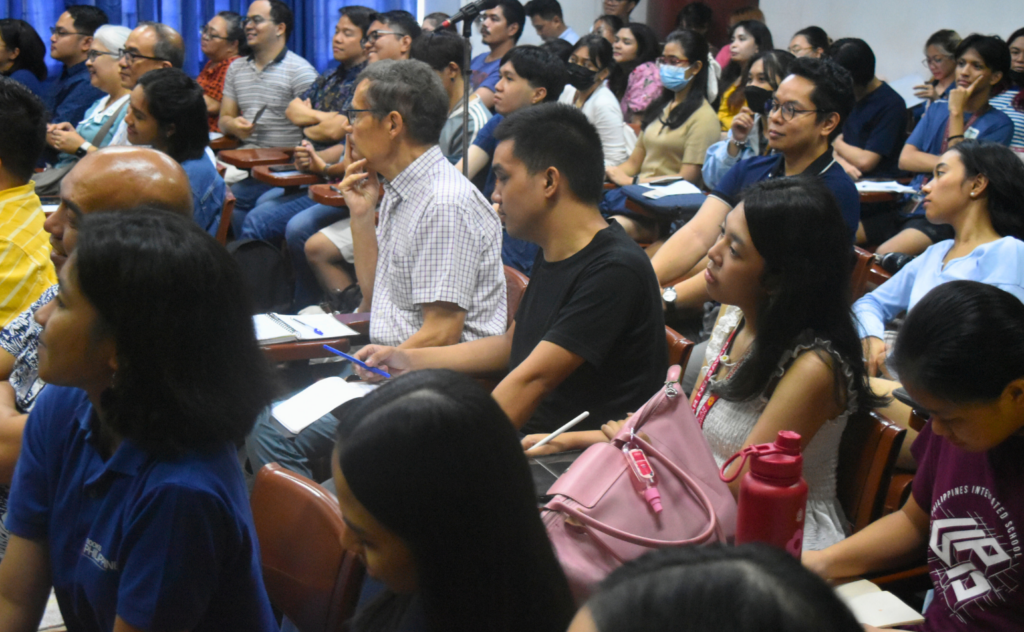
Apart from stressing that the mutability and flexibility of language help accommodate the need of speakers, Hernandez also shared an enlightening realization about the idea of pausing when doing translation work—pause being “that moment where you acknowledge the difference between languages and cultures, the assertion of the uniqueness of the untranslatables; [that] moment of resistance and protest to be translated; [that] celebration of diversity and richness of the human experience.”
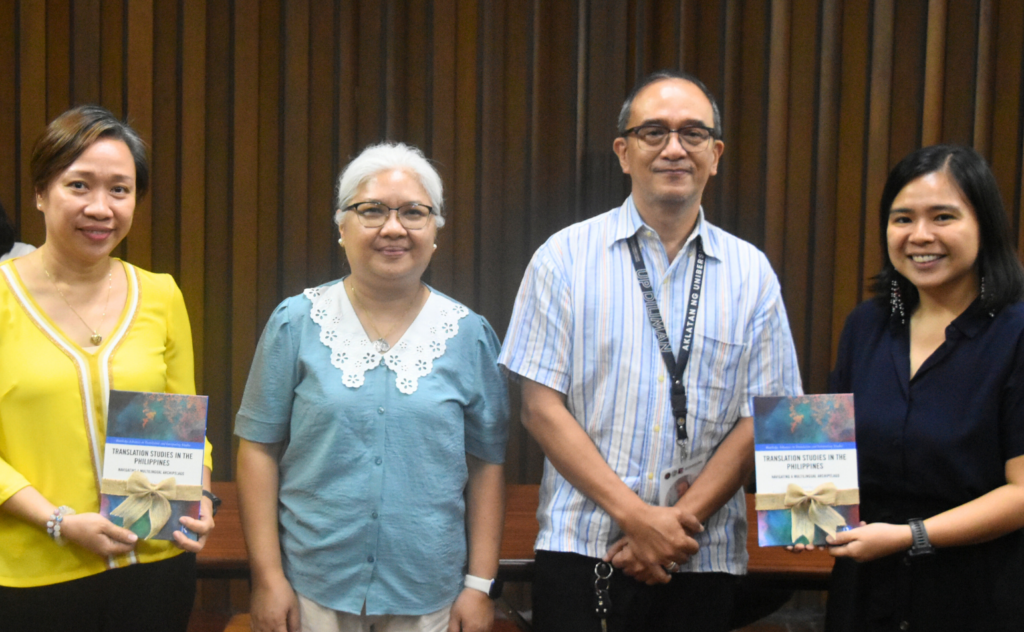
Copies of the book were received by CSSP Dean Ruth R. Lusterio-Rico and Head Librarian Rhoel E. Rondilla. Assoc. Prof. Bacolod, co-editor of the book, closed the program by expressing her gratitude to everyone who contributed to the success of the project and the book launch, and reiterated the significance of translation across various fields of study, as well as during a time of rapid technological advancement.
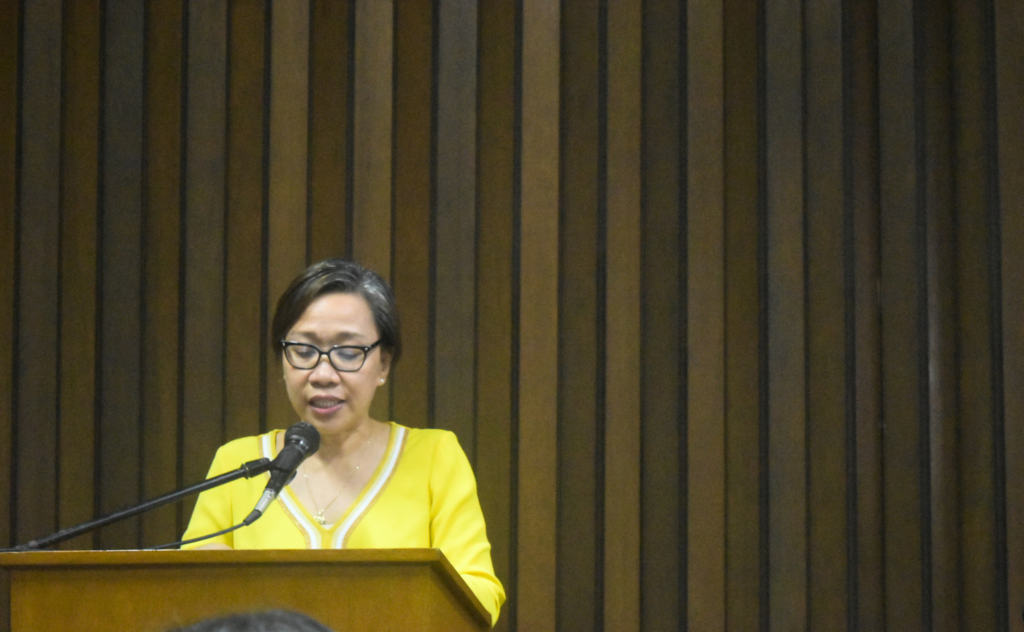
Pagbati po sa lahat ng naging bahagi ng isang kolaboratibo at makabuluhang proyekto!
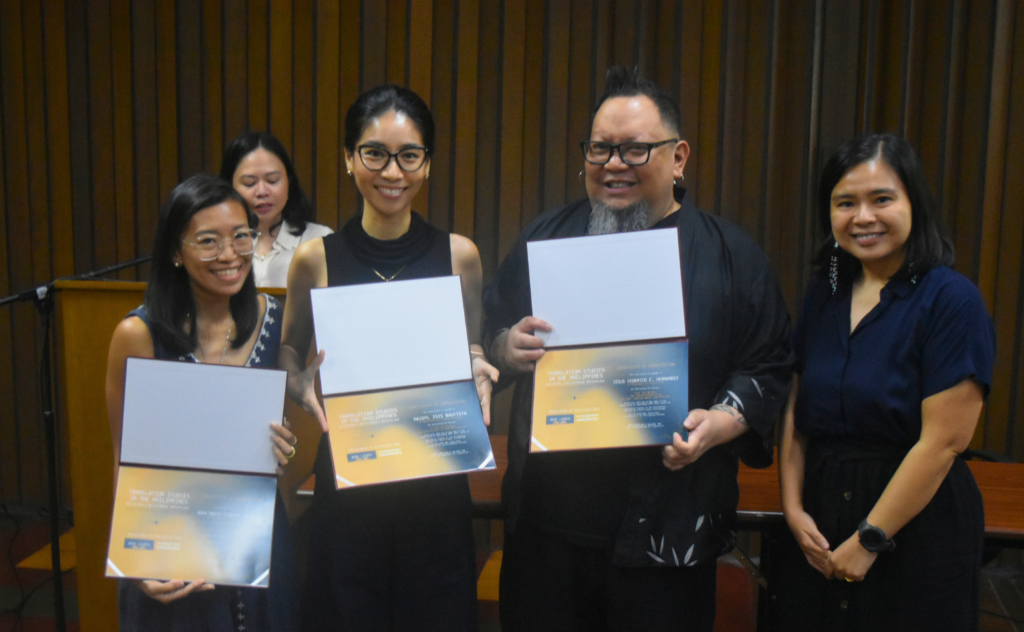
Published by Patricia Anne Asuncion


